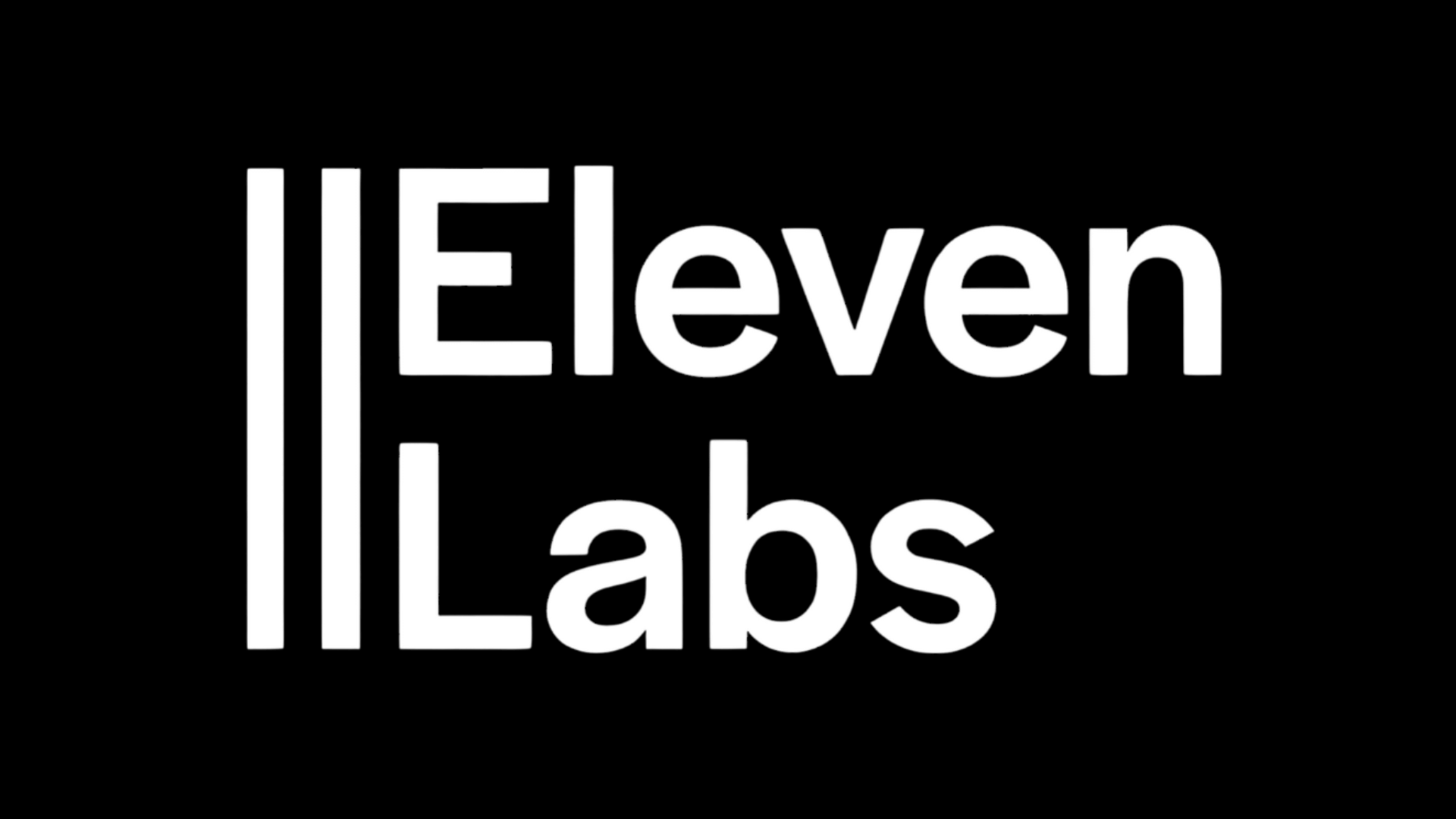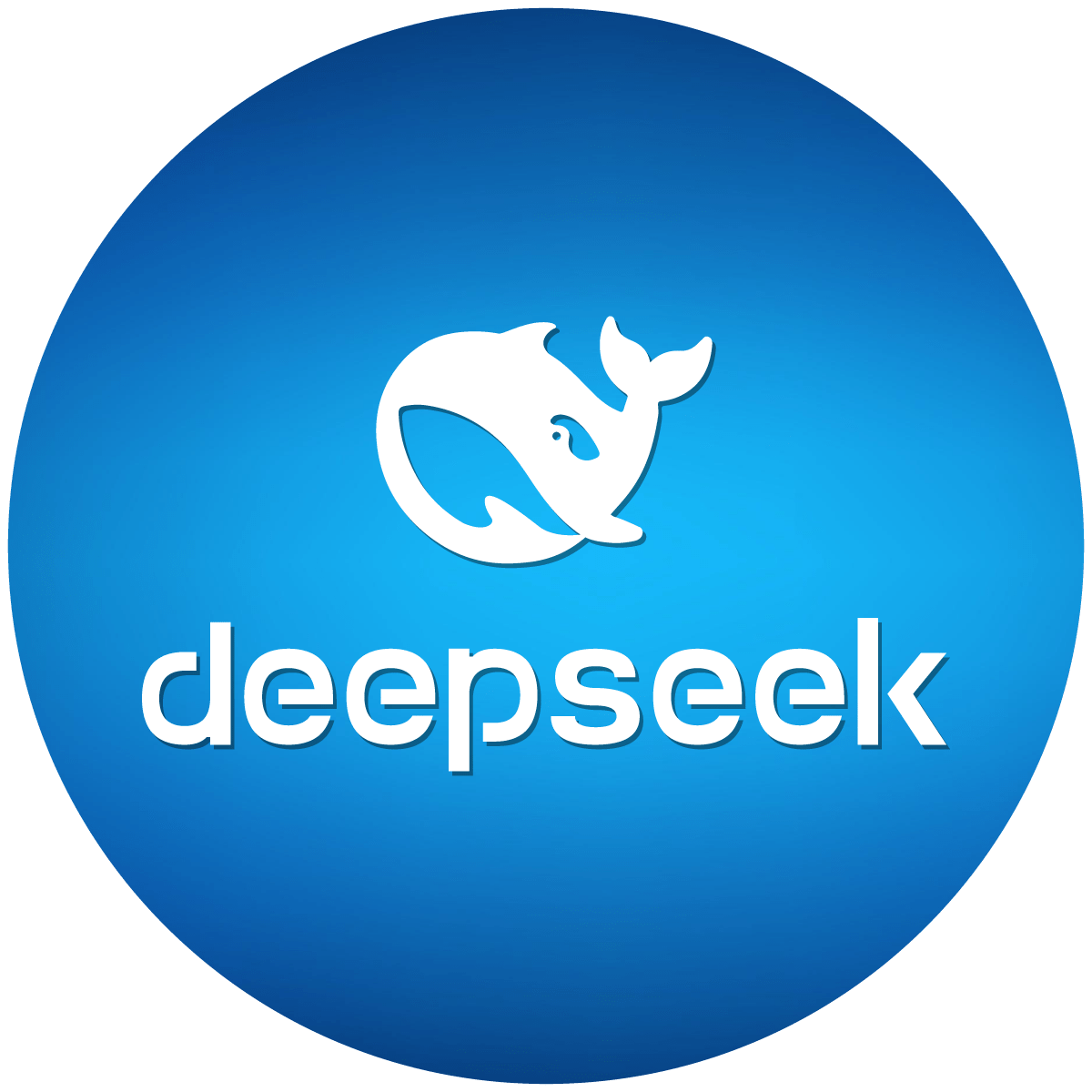

GPT-5 in Practice Enterprise Integration Strategies for Multimodal AI Systems
The world of artificial intelligence is rapidly evolving, and among the frontrunners propelling this change is GPT-5. Building on its predecessors, GPT-5 shines with an enhanced multimodal capability that is setting new standards for AI applications. With an ever-growing potential to revolutionize enterprise operations, understanding how to integrate GPT-5 into existing systems is crucial for businesses looking to maintain a competitive edge. This blog post delves into practical strategies for integrating GPT-5's multimodal AI capabilities into enterprise environments, drawing attention to both opportunities and challenges.
Understanding GPT-5's Multimodal Capabilities
Before diving into integration strategies, it is essential to grasp the breadth of GPT-5's capabilities. Unlike earlier versions, GPT-5 efficiently handles and understands not just text but also images, video, audio, and more. This multimodal nature allows the model to provide nuanced insights, perform complex tasks, and offer a cohesive user experience across different content types – a monumental leap towards simulating human-like comprehension.
For enterprises, this offers the potential to streamline operations across various departments – from customer service and marketing to logistics and R&D. The ability to analyze and interpret diverse data forms can result in better decision-making and enhanced productivity.
Strategic Integration Approaches
1. Assessment and Goal Definition
- Current System Evaluation: Begin by assessing the existing IT infrastructure and identifying areas where AI could drive significant improvements. The integration should align with enterprise goals, whether that involves enhancing customer engagement, improving efficiency, or driving innovation.
- Define Clear Objectives: Establish clear, measurable goals for what the enterprise aims to achieve with GPT-5. Whether it is cutting down operational costs, reducing customer service response times, or elevating brand interactions, clarity in objectives will guide the integration process.
2. Data Strategy Development
- Data Quality and Quantity: Success in AI integration significantly hinges on the quality and quantity of data available. Ensure your data is clean, relevant, and representative.
- Ethical Considerations: With GPT-5's robust capabilities, it's also paramount to consider ethical dimensions like privacy, data security, and bias mitigation. Developing a comprehensive data governance framework is a prudent approach.
3. Pilot Projects and Agile Framework
- Small-Scale Testing: Before a full-scale rollout, conduct pilot projects to test how GPT-5 can be effectively leveraged to achieve specific outcomes. Choose a controlled environment where improvements can be quantitatively measured.
- Agile Development: Utilize agile methodologies for flexibility and iterative improvements. This allows for quick adaptations based on real-time feedback and performance metrics.
4. System Integration and Interoperability
- Seamless Integration: GPT-5 must be able to work within existing IT ecosystems. Solutions like APIs enable smooth interactions between GPT-5 and other enterprise applications.
- Cross-Department Collaboration: Foster collaborations between IT, data science, and operational teams to ensure a holistic approach to integration.
5. Training and Change Management
- Employee Training: An informed workforce is essential for leveraging GPT-5's capabilities. Conduct comprehensive training sessions to help employees understand and efficiently use the new tools.
- Change Management: Transitioning to AI-driven systems can encounter resistance. Implement change management strategies to address concerns and promote a culture that embraces technology.
Overcoming Integration Challenges
The path to integrating GPT-5 isn't devoid of challenges. Organizations may face resistance to change, data silos, or technical roadblocks. Overcoming these hurdles requires a proactive approach:
- Communication and Education: Consistent communication about benefits and updates helps in easing the transition.
- Continuous Monitoring and Feedback Loop: Establish a feedback system to identify issues early and adapt workflows accordingly.
Real-World Application Illustrations
Enterprises across various sectors are already unlocking the potential of GPT-5. Consider the e-commerce giant that leverages multimodal AI for an omnichannel customer experience, or a healthcare provider using AI to synthesize patient data from text reports and imaging for enhanced diagnostics. These practical applications showcase not just the versatility but the transformative power of GPT-5 in reshaping industries.
Conclusion
The horizon of AI is not just about handling information—it's about revolutionizing how businesses operate and serve their stakeholders. GPT-5's leap into multimodal territory marks a significant milestone for enterprises aiming for the future. By strategically integrating GPT-5 into their IT landscape, businesses can achieve unprecedented levels of efficiency, understanding, and innovation.
For enterprises, the challenge lies in weaving this advanced capability into their fabric in a way that not only harnesses its full potential but also aligns with their strategic vision. With deliberate planning, collaboration, and adaptability, businesses can embrace the future and redefine what's possible.
Support our work by sharing on multiple social platforms. Join our community







